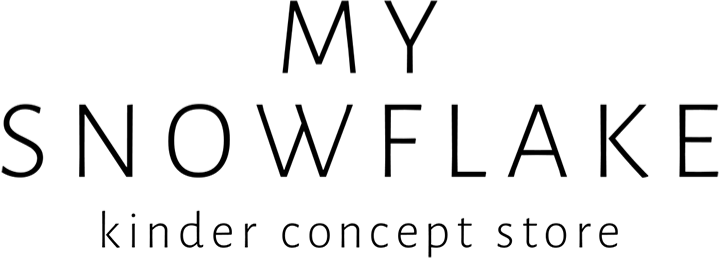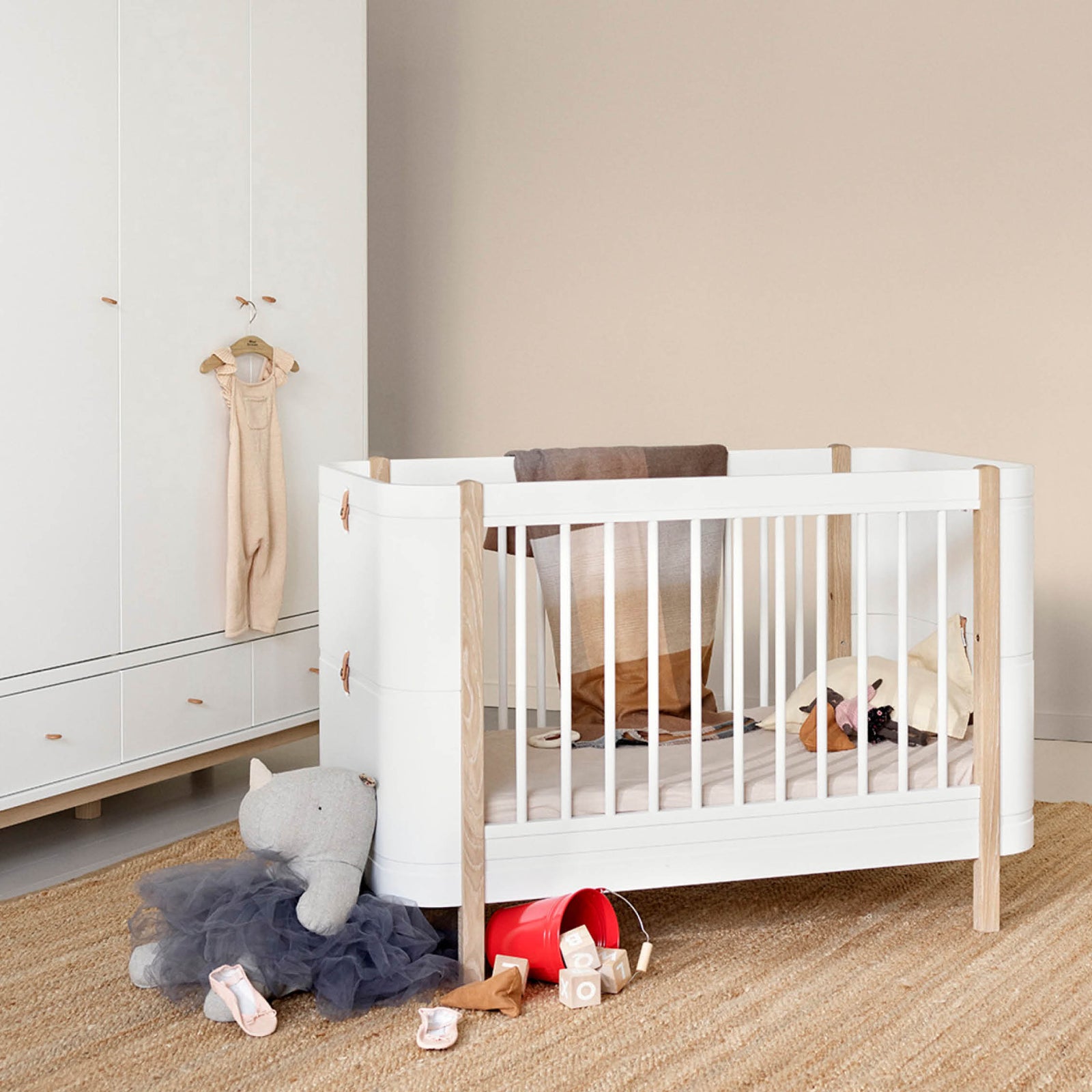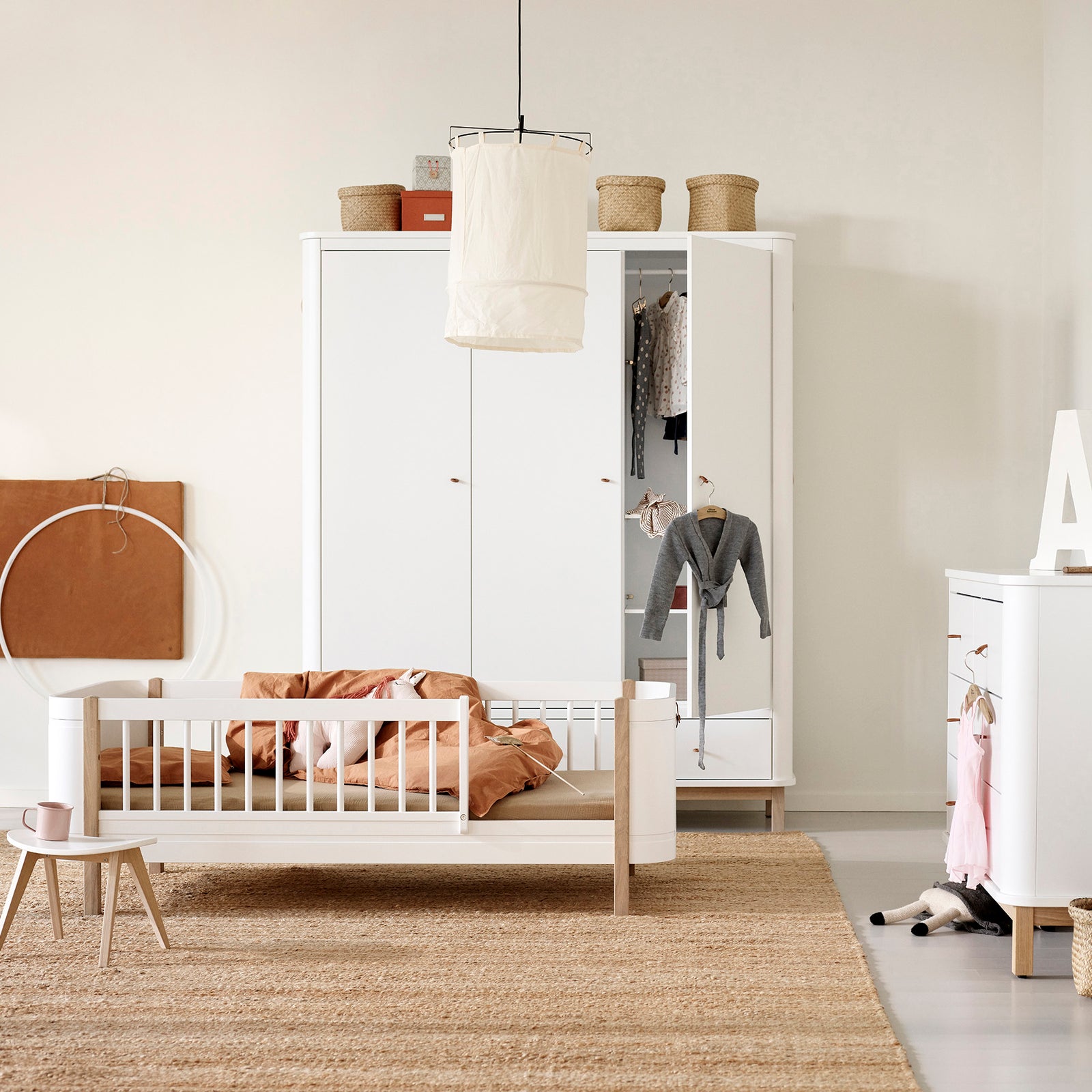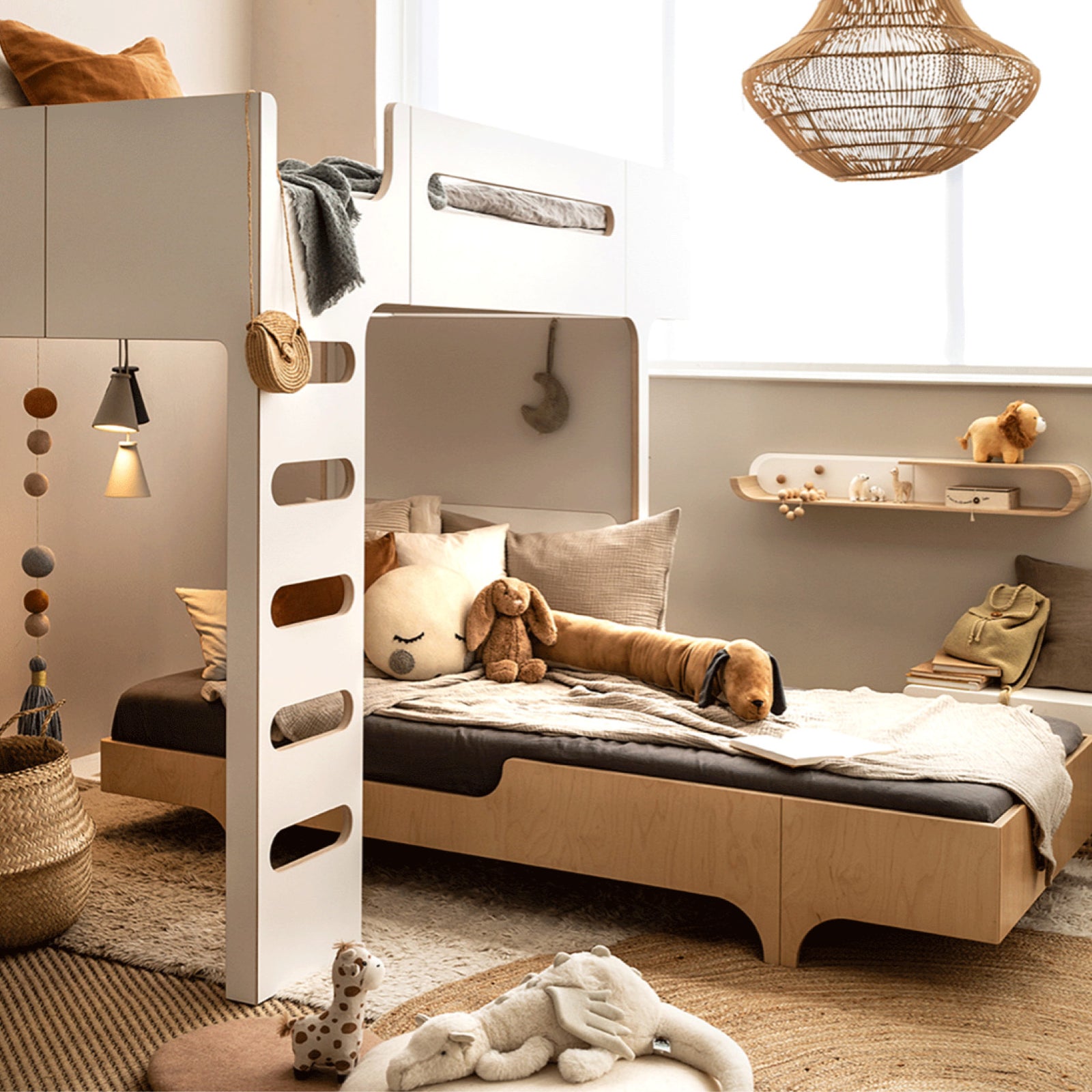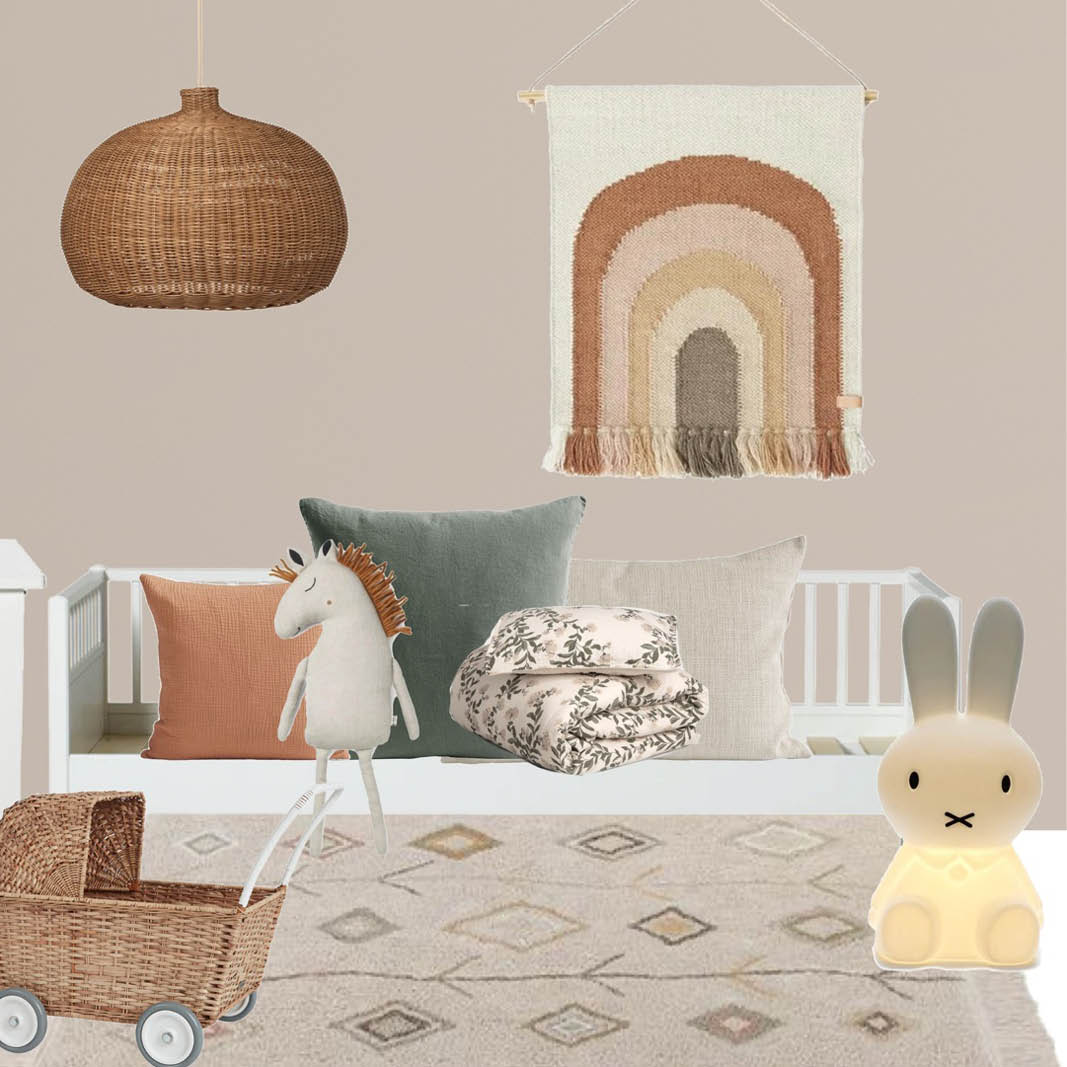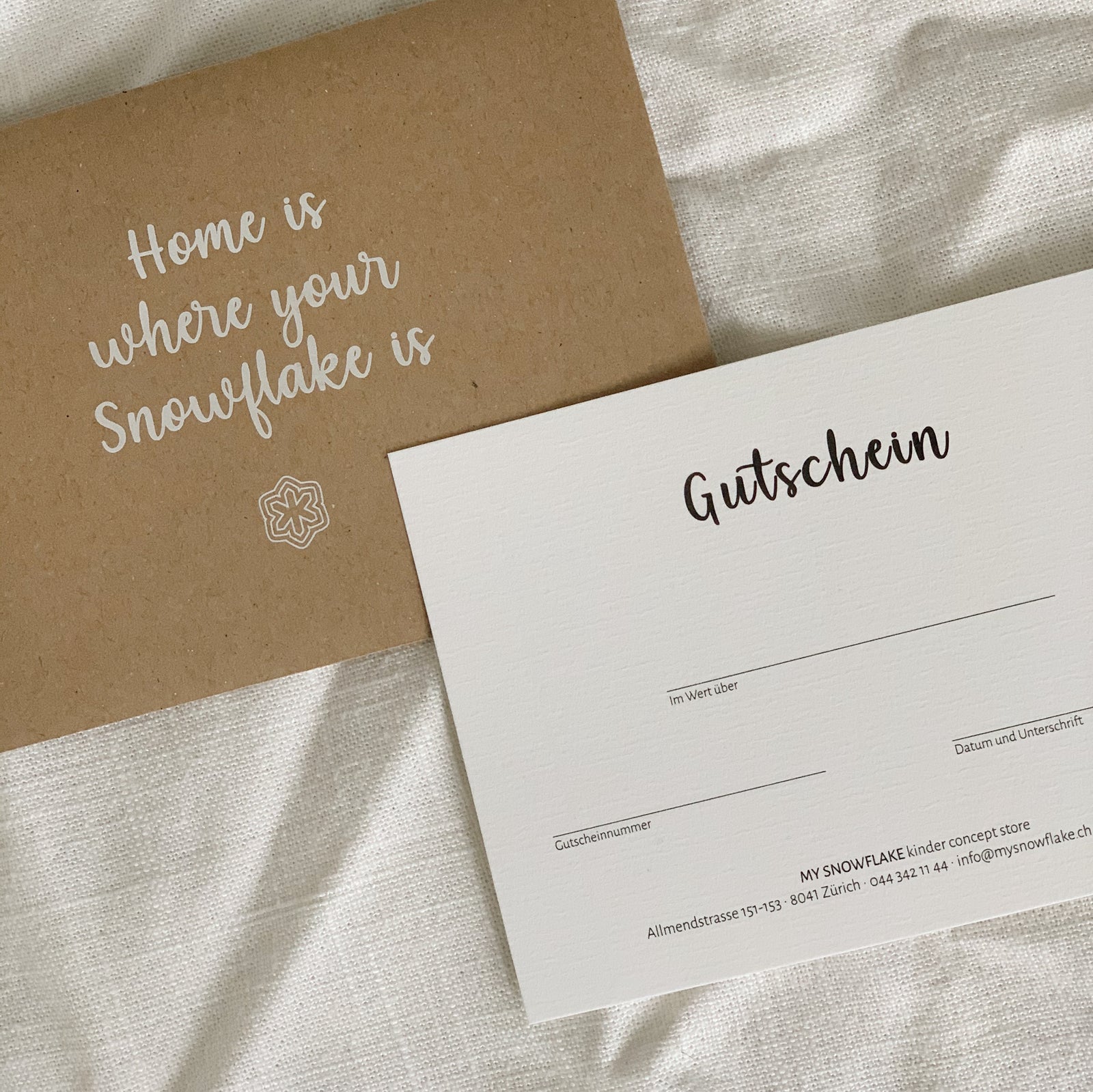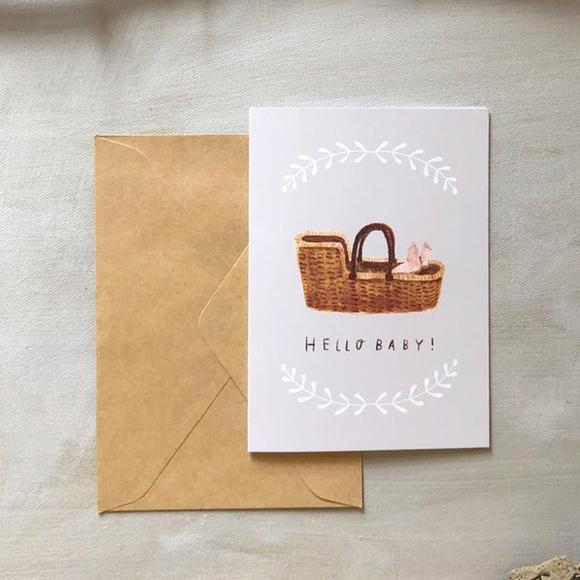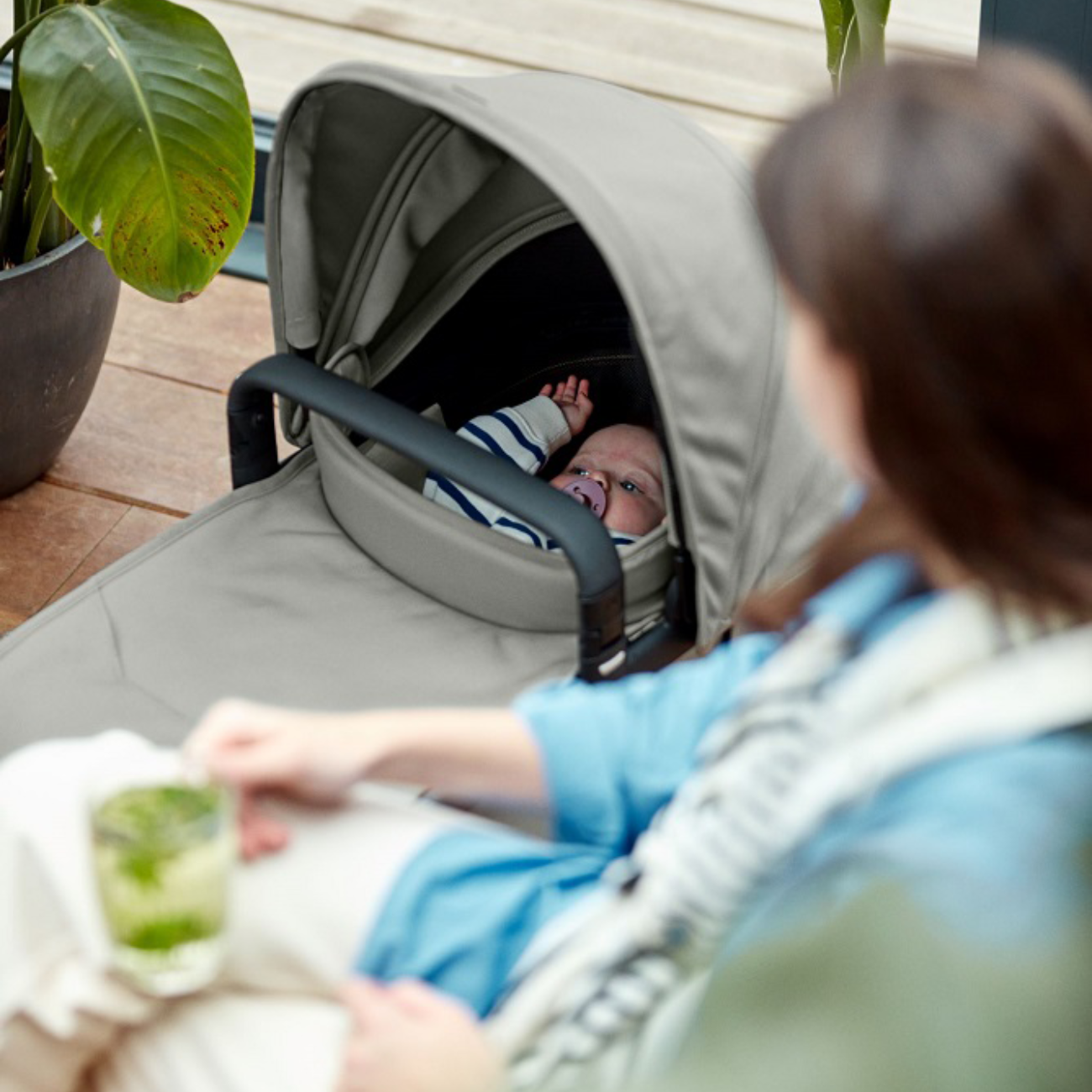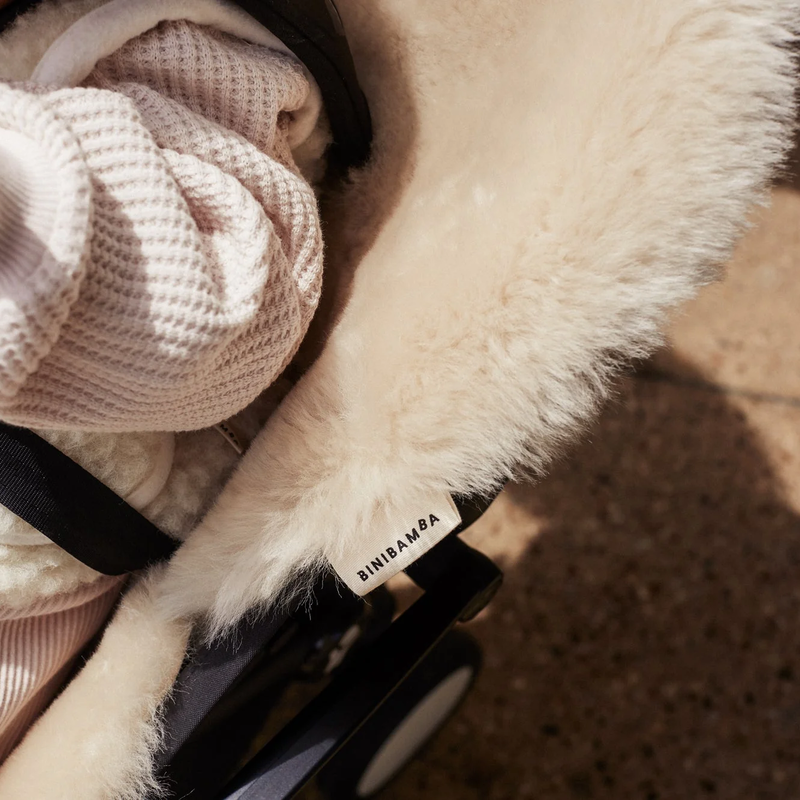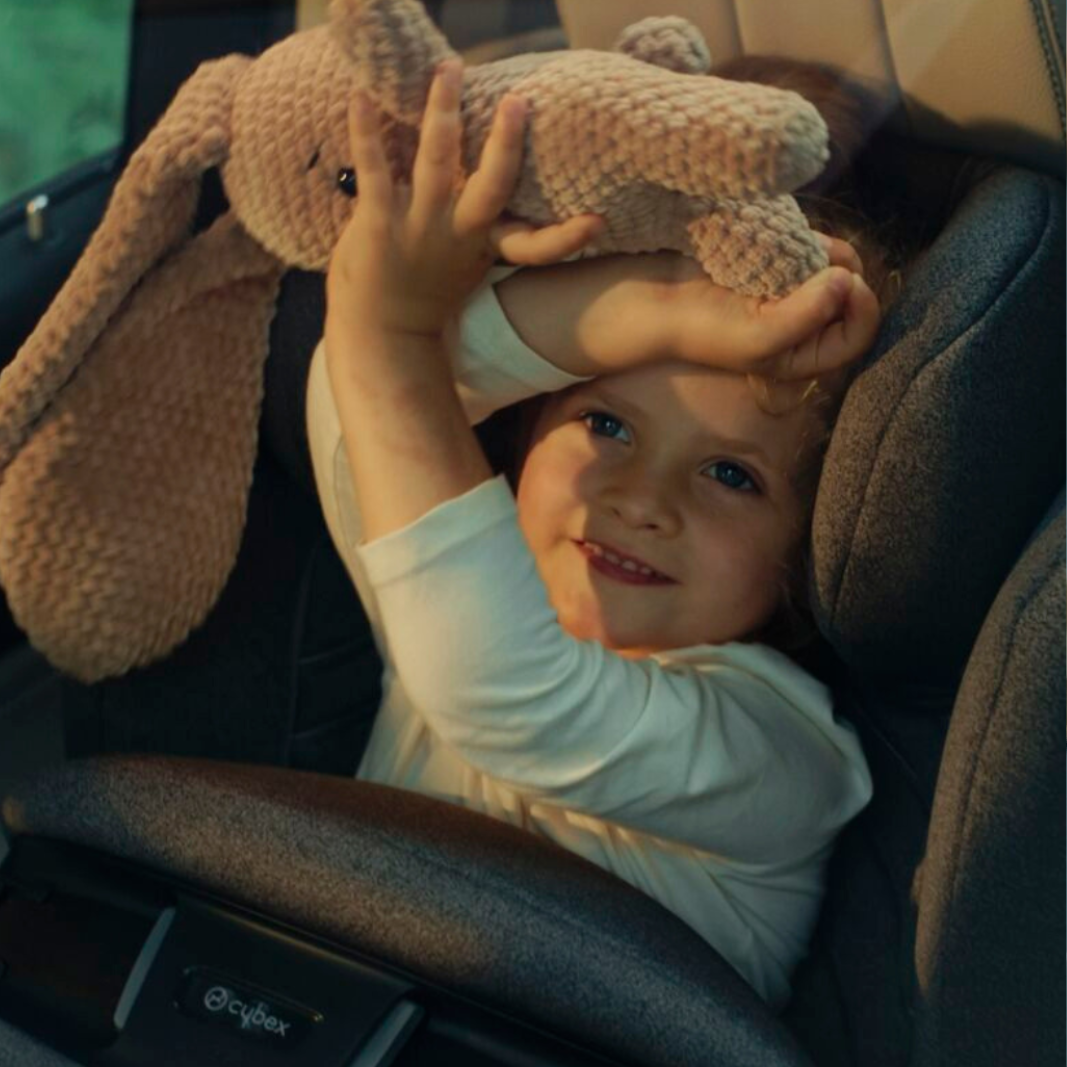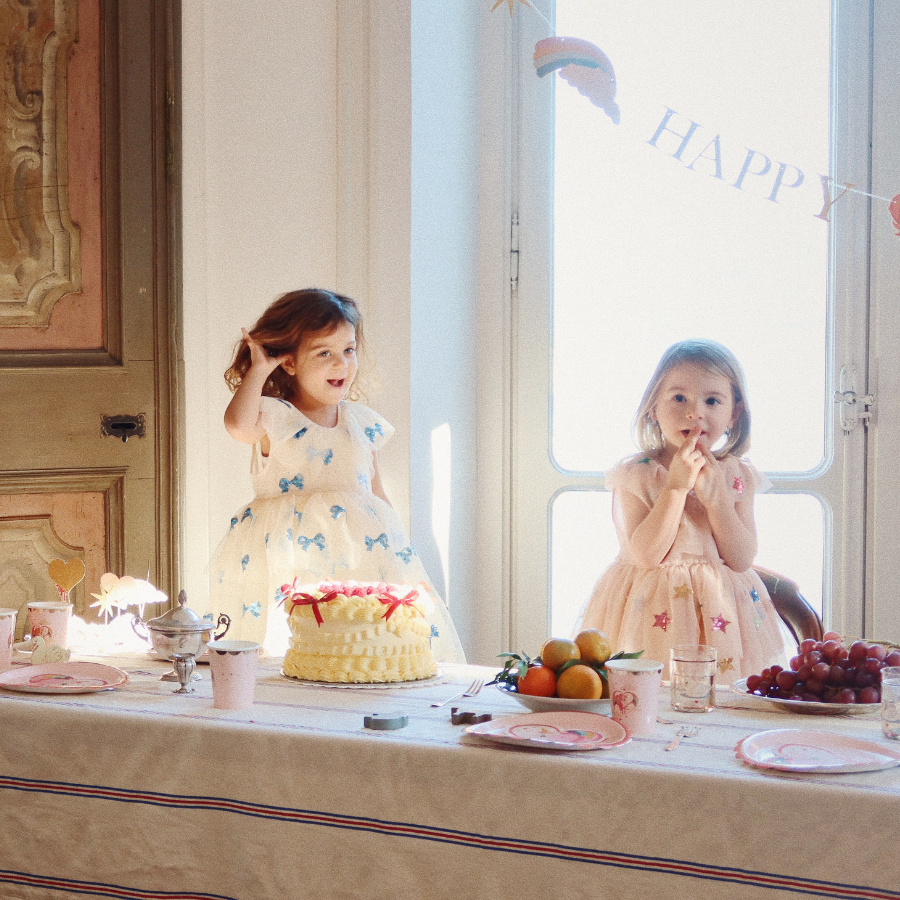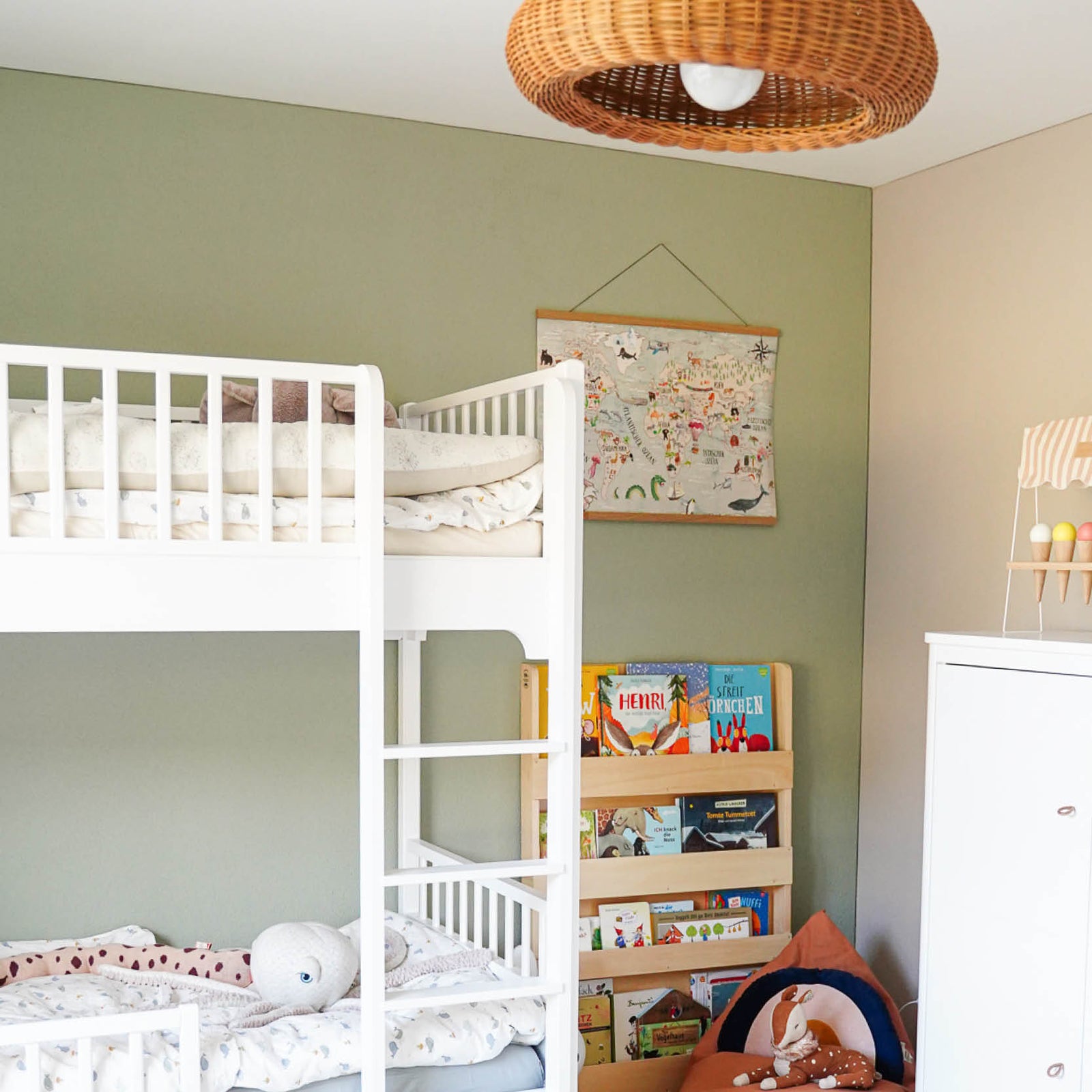This is how you find the right size for baby clothes

So that your baby can start life relaxed, you should get the most important pieces of clothing in size 56 around eight weeks before the birth. This includes Bodys, long sleeve shirts, Romper or Pants, Socks, tights, overall pajamas, hats, and - if your offspring is born in winter - a winter suit and fat Beanies. Baby clothes should be functional, made of good materials and comfortable at the same time. Additional press studs or button strips on the back or in the crotch area make it easier to put on and take off, which is particularly useful when changing diapers. Pay attention to skin-friendly materials such as organic cotton from controlled cultivation or other natural fibers, as children's skin is very delicate and sensitive. Certified organic cotton is ideal, which is free from allergenic substances, durable, breathable and absorbs moisture well. Seals and certificates that prove that the clothing is free of harmful substances are also recommended. If you are a new mom or dad, you will notice that your offspring is growing fast and will therefore soon need new clothes, shoes and hats. We will help you with this and also answer the most frequently asked questions about clothing sizes.

The right baby sizes for clothes
In order to find the right clothing size for your toddler, it is necessary to know its body length. A doctor can determine the exact length, but you can also determine this value yourself. Lay your child down and measure the length from the top of the head to the heel with a tape measure. Be careful not to pull your baby's legs under any circumstances, but let your baby stretch out his legs himself and estimate the length with his eyes. Although the value is not as precise as that of a doctor, it still provides a good guide. You can then use the size table to determine which clothing size is suitable.
| age in months | body length |
clothing size
|
|
preemie
|
Up to 38 cm
|
38
|
|
preemie
|
38 to 44 cm
|
44
|
|
0 – 1
|
45 to 50 cm
|
50
|
|
1 – 2
|
51 to 56 cm
|
56
|
|
2 – 3
|
57 to 62 cm
|
62
|
|
4 – 6
|
63 to 68 cm
|
68
|
|
7 – 9
|
69 to 74 cm
|
74
|
|
10 – 12
|
75 to 80 cm
|
80
|
|
12 – 18
|
81 to 86 cm
|
86
|
|
18 – 24
|
87 to 92 cm
|
92
|

This is how you determine the right hat size
To keep your baby's head warm and protected is one Cap especially important in the first few weeks of life. With a flexible measuring tape, you can easily determine the right hat size: place the measuring tape over the eyebrows and ears around the baby's head and measure the circumference at the widest point. The head circumference in centimeters corresponds to the required cap size. Note, however, that each child grows individually. The following size table will give you a guide. Before you buy, however, you should always have your child try the hat on to ensure that it fits perfectly.
|
age in months
|
Head circumference in cm/cap size |
|
preemie
|
33 to 35 cm
|
|
0 – 3
|
35 to 37 cm
|
|
3 – 4
|
37 to 39 cm
|
|
4 – 5
|
39 to 41 cm
|
|
5 – 6
|
41 to 43 cm
|
|
6 – 9
|
43 to 45 cm
|
|
9 – 12
|
45 to 47 cm
|
|
12 – 18
|
47 to 49 cm
|
|
18 – 24
|
49 to 51 cm
|

Find baby shoes in the right shoe size
Um Baby Shoes In order to find the right size, it is important to first measure the length of the feet. You will need a tape measure or ruler to measure the distance from the longest toe to the baby's heel. Alternatively, you can also measure a watercolor footprint of your baby - you also have a lasting memory for your memory box! Add about 1,5 cm of space for the foot to roll over the foot length and multiply the result by 1,5. If your little one's feet are just 11,1 cm long, this results in a shoe size of 19: (11,1 + 1,5) x 1,5 = 18,9. In the table below you can quickly read the age, the foot length and the appropriate shoe size.
|
age in months
|
foot length
|
shoe size |
|
0 – 3
|
9,3 cm
|
16
|
|
3 – 6
|
10,0 cm
|
17
|
|
6 – 9
|
10,7 cm
|
18
|
|
9 – 12
|
11,3 cm
|
19
|
|
12 – 15
|
12,0 cm
|
20
|
|
15 – 18
|
12,7 cm
|
21
|
|
18 – 21
|
13,3 cm
|
22
|
|
21 – 24
|
14,0 cm
|
23
|

Shoes can be different depending on the manufacturer. Before buying, it is ideal to try them on. It is important to choose the right size for your first pair of shoes: not too narrow to have enough space for your feet - but also not too big to ensure optimal support. A flexible sole is also important to follow the movement of the foot.
Pediatricians do not recommend wearing shoes until children can walk safely. This is typically between nine and 18 months, depending on the pace of development. In general, more barefoot walking is conducive to proper foot posture.
Frequently asked questions about the sizes of baby clothes
What clothing size fits a newborn?
A newborn is usually between 50 and 55 centimeters tall. Garments of size 50 or 56 are suitable for this height. The conventional baby sizes start at 50 and increase in increments of six. The smallest clothing size for premature babies is 44.
How is the size of baby clothing indicated?
The Baby clothes the dress size is a so-called "to" indication. This means that the appropriate size for your baby is 56 as long as the baby is smaller than 56 centimetres. However, weight affects how well the clothes fit. If the baby is above average weight, size 62 clothes may not fit even though the baby is under 62 centimeters.

My toddler's measurement result is between two dress sizes. What now?
If your toddler is between two sizes, it is better to choose the next larger size. When it comes to baby clothes, it’s better to be a little too loose than too tight.
Should I generally buy bigger clothes if my child is growing fast?
If the sleeves or legs are too long, they can be rolled up. However, the clothes should fit well because they protect the child like a second skin and keep them warm. The clothing should not be too loose so that it does not get tangled. Therefore, it is better to buy fewer items of clothing and more often in different baby sizes.

What do I do with clothes that are too small?
Clothing that is too tight restricts your child's freedom of movement. Therefore, your child should not wear clothes that are too small. If your family planning is not yet complete, you can save the clothes for further offspring. Alternatively, you can give them away to friends or acquaintances or donate them to a charity. Another option is to sell baby clothes at a flea market, for example.
